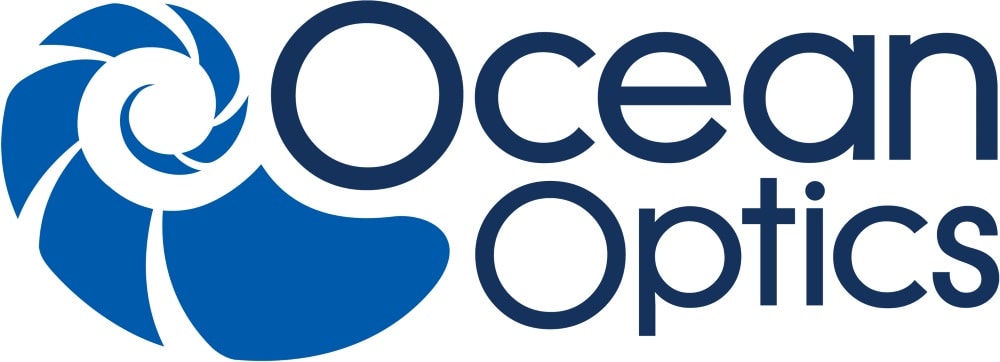The presence of ghost peaks is an issue because these non identified peaks are close to peaks of interest, and can deliver incorrect results in quantitative analyses when they overlap peaks of interest. Uncertainty in data quality and reliability is of course the result.
With the increase in UV detector sensitivity in recent years, detection has become possible at very low concentrations, bringing the problem of ghost peaks into the spotlight.
It’s clear that when ghost peaks suddenly appear, scientists are not so comfortable, and in many cases, they return to less efficient isocratic methods that are ultimately more time-consuming and costly.
There are many possible causes why ghost peaks may be observed in gradient HPLC, you will find some of them with our recommendations
Our recommendations are:
–– Make a test using a blank injection
–– Change the sample preparation process (extraction, filtration or reagent quality during sample preparation)
–– When the appearance of a ghost peak is due to degradation of the sample, use an autosampler with a vial cooling feature
–– When using a UV detector, if the source of the ghost peak is from dissolved oxygen in the sample solvent, you need to reduce the amount of dissolved oxygen in the mobile phase
1. Ghost peaks from instruments
One reason for the creation of ghost peaks is the transition of the sample from the autosampler to the instrument, especially when impurities are adsorbed to the inside and outside surfaces of the needle dipped into the vial. Those substances, which are not eliminated even after needle rinsing, are carried over to the next analysis and appear as ghost peaks.
2. Ghost peaks from samples
If an impurity in the sample has the same absorption wavelength as the compound of interest, it results in a ghost peak.





